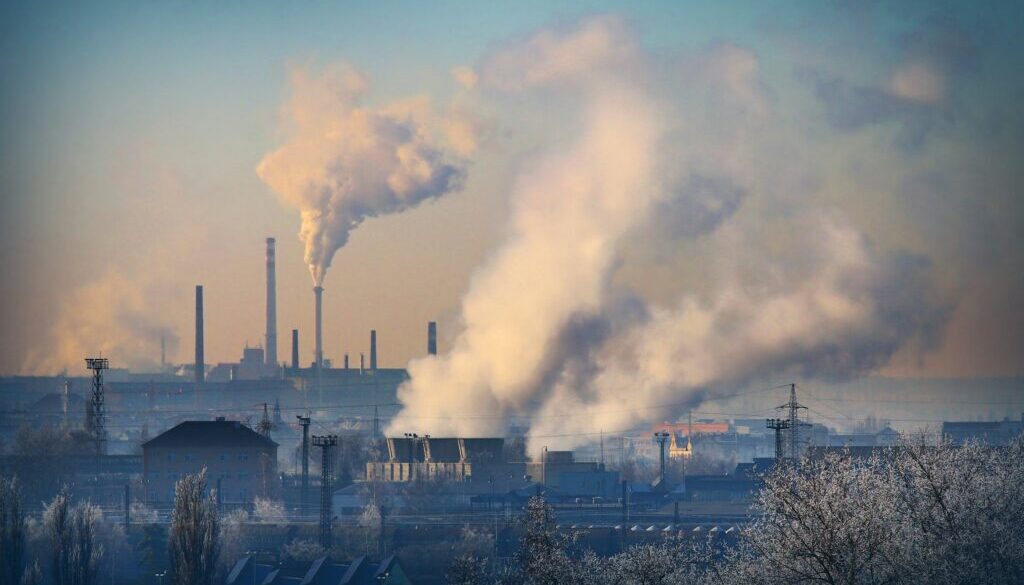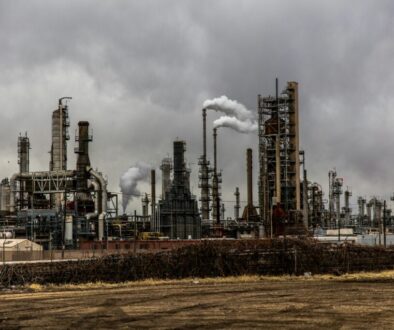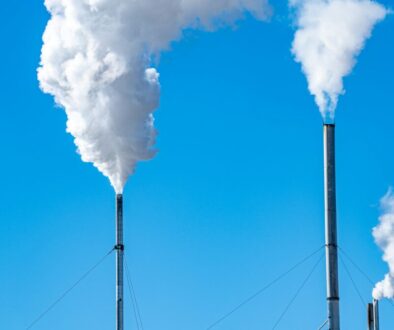Progress seen on overall industry emissions, even as oil and gas emissions rise, EPA finds
US power plants, the largest stationary sources of greenhouse gases in the nation, continue to show reduced emissions but the good news from that sector comes as oil and gas emissions rise, according to new regulatory data.
Power plant emissions totaled about 1.5 billion metric tons of carbon dioxide last year, down 7% from 2022, the US Environmental Protection Agency (EPA) reported. The agency collects data from over 8,000 industrial facilities for its Greenhouse Gas Reporting Program, accounting for about half of total US emissions.
However, greenhouse gas emissions from petroleum and natural gas plants increased 1.4% in 2023 over 2022, and the 2023 tally was up 16.4% from 2016, the EPA said.
Nine coal-fired power plants were among the top ten greenhouse gas-emitting industrial facilities for 2023, along with a Texas-based ExxonMobil refinery.
The worst emitter – for the ninth year in a row – was the James H Miller power plant outside Birmingham, Alabama.
Altogether, large industrial facilities’ greenhouse gas emissions, the chemicals that are driving human-caused climate change, dropped by 4% last year, the EPA reported.
“The progress is largely driven by the power sector, [which] has seen steadily declining emissions,” Amanda Levin, director of policy analysis at the National Resources Defense Council, said in an email, noting that the change reflects a shift away from coal over time. “The power sector can, and must, continue to decarbonize,” she said.
“A 4% reduction is a mere drop in the ocean when we need bold, transformative change,” said Jeff Ordower, North America Director of the climate change nonprofit 350.org. “These figures are baby steps and underscore just how far the U.S. still needs to go.” In order for the US to reach its climate target, it must cut its overall emissions by at least 62% below 2005 levels by 2030, he said.
Last December, the EPA issued a final rule aimed at slashing emissions of the potent greenhouse gas methane from both new and existing oil and gas operations. The rule took effect in May.
“Rapid, sharp cuts in methane can generate near-immediate climate benefits and are a crucial addition to cutting carbon dioxide in slowing the rate of warming of Earth’s atmosphere,” the EPA said in a press release about the announcement.
Although the EPA data shows a drop in climate-harming emissions from some US industrial sources, global releases of carbon dioxide were a record high in 2023, said Xin Lan, a scientist at the Cooperative Institute for Research In Environmental Sciences at the University of Boulder, Colorado and the National Oceanic and Atmospheric Administration (NOAA)’s Global Monitoring Laboratory.
Based on over 15,000 air samples collected from monitoring stations around the world, NOAA reported in April that global levels of three human-produced greenhouse gases – carbon dioxide, methane and nitrous oxide – all increased in 2023.
“Combined with enhanced fire emissions and possibly a reduction in terrestrial carbon sink [anything that removes carbon from the atmosphere], this leads to a quite large carbon dioxide increase in 2023 the atmosphere,” said Lan.
The planet also experienced a large increase in the potent greenhouse gas methane last year due to human-caused sources such as livestock and landfills as well as natural wetlands and shallow lakes, said Lan.
“The global increase in nitrous oxide, the third most important greenhouse gas, is still dominated by increased agricultural fertilizer emissions,” she said.
In addition to contributing to climate change, greenhouse gas emissions from large industrial plants present an ongoing human health crisis. Four of the top emitters in EPA’s report were also listed among the most deadly US coal plants in a 2023 Sierra Club analysis of data provided by the Clean Air Task Force.
The Ohio-based General James M Gavin plant, the third-biggest greenhouse gas polluter in the EPA data, was ranked as the most deadly in the country by the Sierra Club, with 244 premature deaths attributed to its emissions. The Missouri-based Labadie power plant, ranked as the second-worst greenhouse gas emitter, came in as the second deadliest with 195 attributed deaths.
Pollutants from coal-fired power plants can travel hundreds of miles, impacting far-removed communities, the analysis noted.
(Featured image by Getty Images for Unsplash+.)
 EWG
EWG


